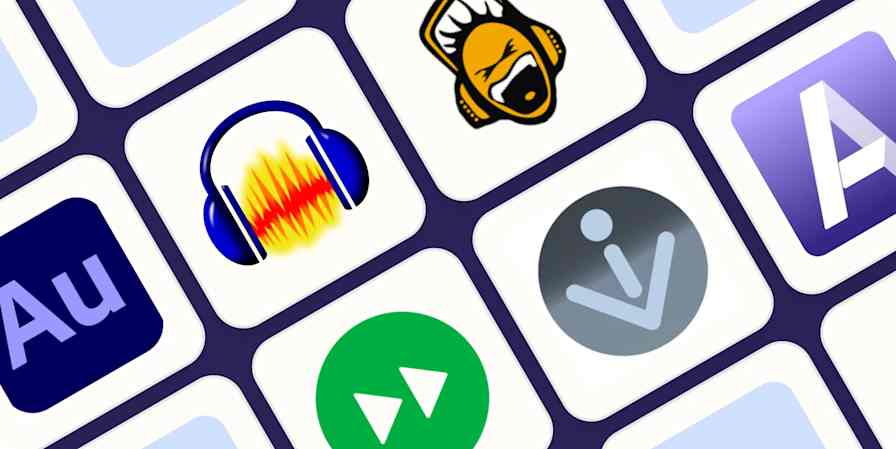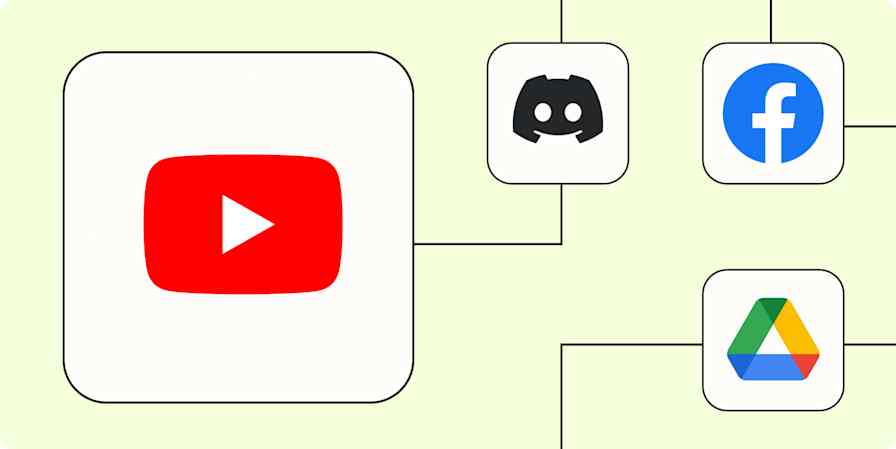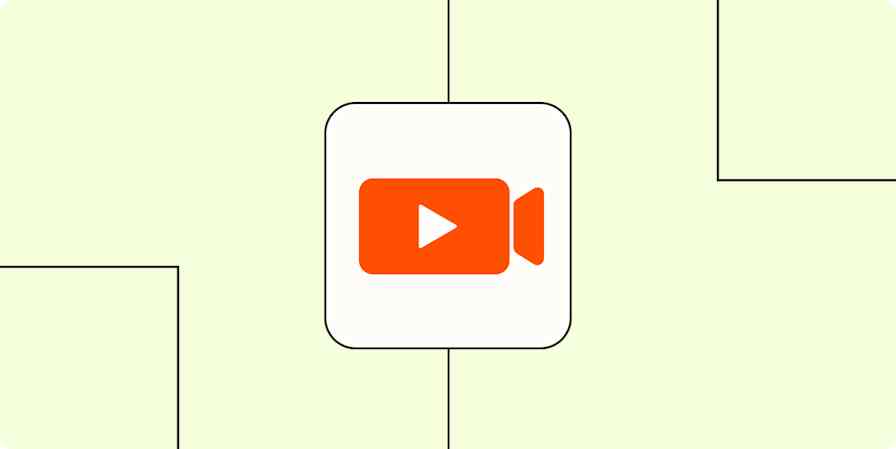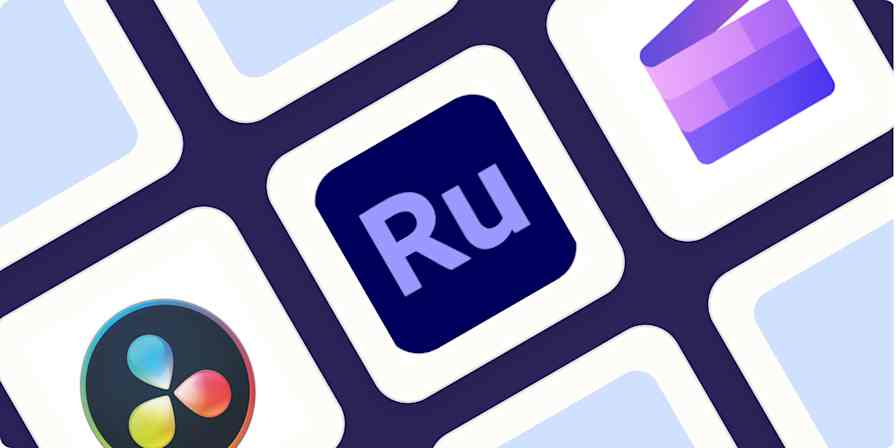Best apps
11 min readThe best screen recording software
Find the best screen recorder to capture video on your computer.
By Kiera Abbamonte · September 13, 2024
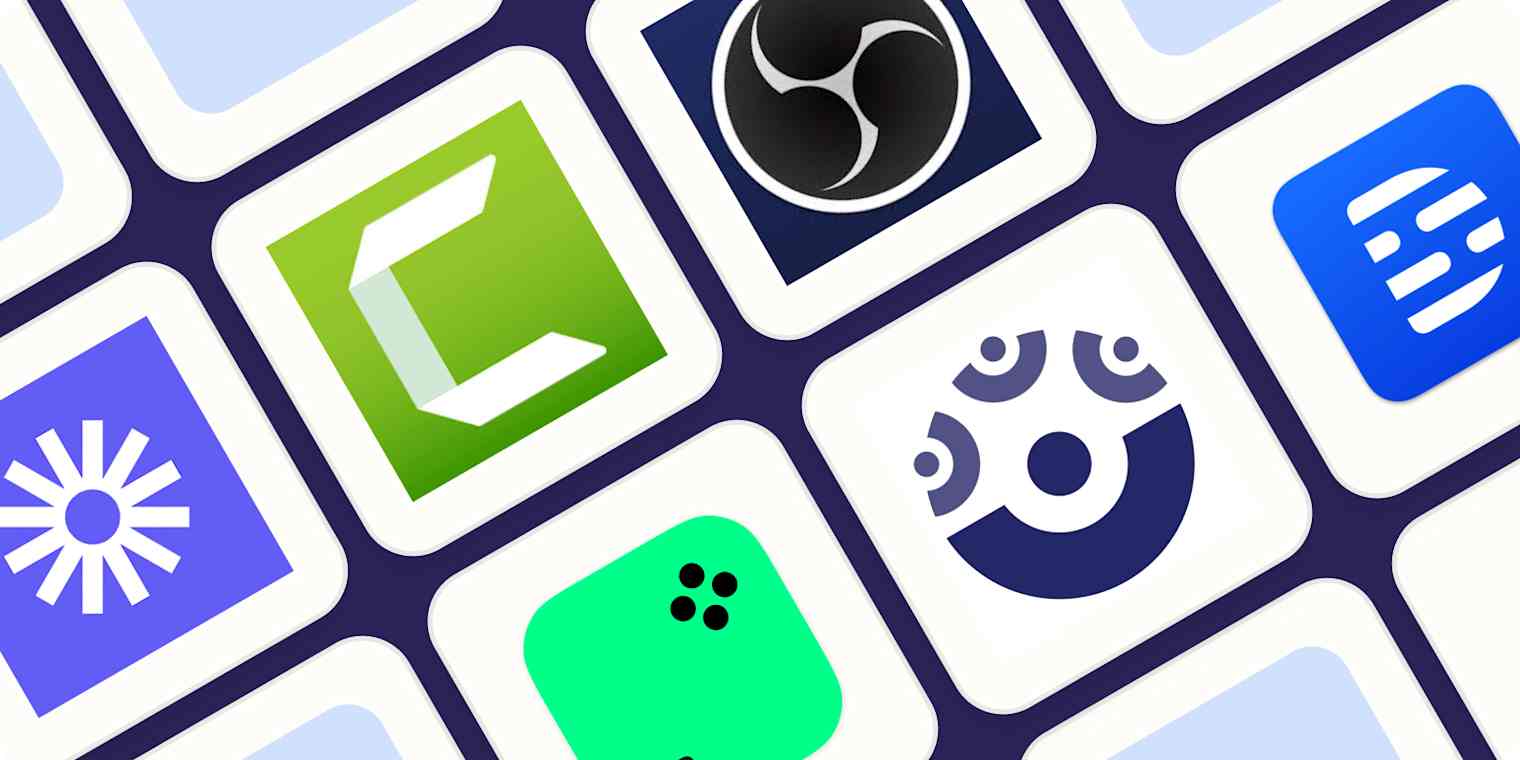
Get productivity tips delivered straight to your inbox
We’ll email you 1-3 times per week—and never share your information.
tags
mentioned apps
Related articles
Improve your productivity automatically. Use Zapier to get your apps working together.




